The Direct-to-Consumer (D2C) model
The Direct-to-Consumer (D2C) model has become a significant player in the world of business. It has revolutionized how brands connect with their audience. This blog post aims to guide you in evaluating the success of D2C brands. It offers an insightful overview of the D2C model and delves into the pivotal metrics that determine success. These metrics include Customer Acquisition Cost (CAC), Customer Lifetime Value (CLV), Conversion Rate, and Return on Ad Spend (ROAS). Understanding these metrics can not only serve as a compass for D2C triumph but also provide strategic insights applicable to the broader e-commerce ecosystem.
Overview of Direct-to-Consumer (D2C) Model: Unveiling the D2C Revolution
Definition and Evolution of D2C: Rewriting the Retail Playbook
The D2C model, a paradigm shift in retail, involves brands selling directly to consumers, bypassing traditional intermediaries. This evolution signifies a departure from the conventional retail playbook, empowering brands to build direct relationships with their audience.
Advantages of the D2C Model: Rewriting the Rules for Brand Success
Embracing the D2C model brings a myriad of advantages. From increased control over brand messaging to real-time customer feedback, D2C brands enjoy enhanced flexibility and agility. This direct connection fosters brand loyalty and enables more personalized customer experiences.
Unique Challenges Faced by D2C Brands: Navigating the D2C Landscape
While the D2C model offers unparalleled advantages, it also poses unique challenges. From establishing robust logistics to competing in a crowded digital marketplace, D2C brands must navigate obstacles to carve out their niche successfully.
Key Metrics for Evaluating a D2C Brand: Unlocking the Secrets to Success
Customer Acquisition Cost (CAC): Mastering Cost-Effective Growth
Definition and Importance: Decoding the CAC Enigma
Customer Acquisition Cost (CAC) measures the cost of acquiring a new customer, a critical metric in optimizing growth. In the e-commerce realm, smart ad spending and targeted strategies are paramount for efficient customer acquisition.
Application in E-commerce: Maximizing Ad Spend Efficiency
For e-commerce platforms, strategic CAC management involves optimizing advertising channels and refining targeting. It’s about converting potential customers in a way that maximizes return on investment.
Application in DTC Brands: Strategies for Efficient Customer Acquisition
DTC brands leverage CAC insights to fine-tune direct customer engagement. By understanding the cost of acquiring customers, these brands craft strategies that align with their unique value propositions, ensuring sustainable growth.
Customer Lifetime Value (CLV): Fostering Long-Term Relationships for Sustained Success
Significance in Building Long-Term Customer Relationships: Beyond the Transaction
Customer Lifetime Value (CLV) goes beyond the immediate transaction, measuring the total value a customer brings over their relationship with a brand. It’s about fostering loyalty and building relationships that extend beyond individual purchases.
Utilizing CLV in E-commerce: Maximizing Revenue from Loyal Customers
In the e-commerce realm, CLV is a strategic tool for maximizing revenue from existing customers. By understanding the long-term value of each customer, businesses can tailor their marketing and engagement strategies accordingly.
Enhancing CLV in DTC Brands: Fostering Brand Loyalty and Advocacy
For DTC brands, CLV is the cornerstone of building brand loyalty. By delivering exceptional experiences and continuously adding value, these brands create customers who not only return but become advocates, driving sustained growth.
Conversion Rate: Elevating the Customer Journey for Optimal Results
Defining and Measuring Conversion Rates: Turning Clicks into Conversions
Conversion rates measure the percentage of website visitors who take a desired action, such as making a purchase. In the competitive e-commerce landscape, optimizing these rates is crucial for turning potential customers into loyal patrons.
E-commerce Application: Improving Online Sales Funnels
E-commerce platforms leverage conversion rate insights to enhance online sales funnels. By identifying and addressing bottlenecks in the customer journey, businesses can streamline the path from exploration to conversion, boosting overall sales.
DTC Brand Application: Enhancing Conversion in Direct Customer Interactions
For DTC brands, every direct interaction is an opportunity to convert. By understanding and optimizing conversion rates in these interactions, DTC brands can make each touchpoint count, driving not only sales but also brand loyalty.
Return on Ad Spend (ROAS): Unveiling the Power of Strategic Advertising Investments
Understanding the ROI of Advertising Investments: Beyond Impressions
Return on Ad Spend (ROAS) measures the revenue generated for every dollar spent on advertising. It’s a critical metric for evaluating the effectiveness of marketing campaigns and optimizing ad spending for maximum impact.
E-commerce ROAS Strategies: Maximizing Advertising Effectiveness
In e-commerce, ROAS strategies involve meticulous analysis of advertising channels. By identifying high-performing channels and adjusting budgets accordingly, businesses can ensure that every advertising dollar contributes to the bottom line.
DTC Brand ROAS Implementation: Aligning Advertising with Brand Objectives
DTC brands align ROAS with broader brand objectives. It’s not just about immediate sales but also about building brand awareness and fostering long-term customer relationships. ROAS becomes a tool for strategic brand-building through advertising.
Additional Metrics: Beyond the Basics for Comprehensive Success
Comprehensive Analysis of Marketing Effectiveness: Moving Beyond Siloed Approaches
Marketing Return on Investment (MROI) provides a holistic view of marketing effectiveness and helps you unlock the full potential of marketing strategies in various channels and strategies. For e-commerce, it’s about understanding the comprehensive impact of marketing efforts on overall business performance.
E-commerce MROI: Measuring Overall Marketing Impact
E-commerce businesses leverage MROI to measure the overall impact of marketing initiatives. By analyzing the combined influence of various marketing channels, businesses can fine-tune their strategies for maximum impact.
DTC Brand MROI: Balancing Online and Offline Marketing Channels
DTC brands, often navigating both online and offline spaces, use MROI to balance their marketing efforts. It’s about finding the sweet spot where both digital and traditional marketing channels contribute synergistically to brand growth.
Return on Investment (ROI): A Holistic View of Business Performance
A Holistic View of Business Performance: Beyond Marketing Metrics
Return on Investment (ROI) extends the focus beyond marketing to provide a holistic view of overall business performance. For e-commerce, it’s about understanding the broader impact of investments on the bottom line.
E-commerce ROI Optimization: Aligning Investments with Business Goals
E-commerce businesses optimize ROI by aligning investments with broader business goals. This involves strategic decision-making, ensuring that every investment contributes meaningfully to the company’s growth trajectory.
DTC Brand ROI Strategies: Balancing Growth and Sustainability
DTC brands craft ROI strategies that balance growth and sustainability.
Conclusion: Charting Success in the D2C Era
In e-commerce, success is an ongoing journey. By leveraging key metrics like CAC, CLV, Conversion Rate, ROAS, MROI, and ROI, businesses can navigate complexities, capitalize on strengths, and address challenges. D2C brands can redefine how they connect with consumers.
Metrics are more than just numbers; they guide businesses towards growth and success in a constantly evolving market. In the D2C era, success involves building lasting relationships, optimizing every touchpoint, and creating brands that resonate with their audience. Embrace the metrics, chart your course, and embark on a journey of continuous evolution.



